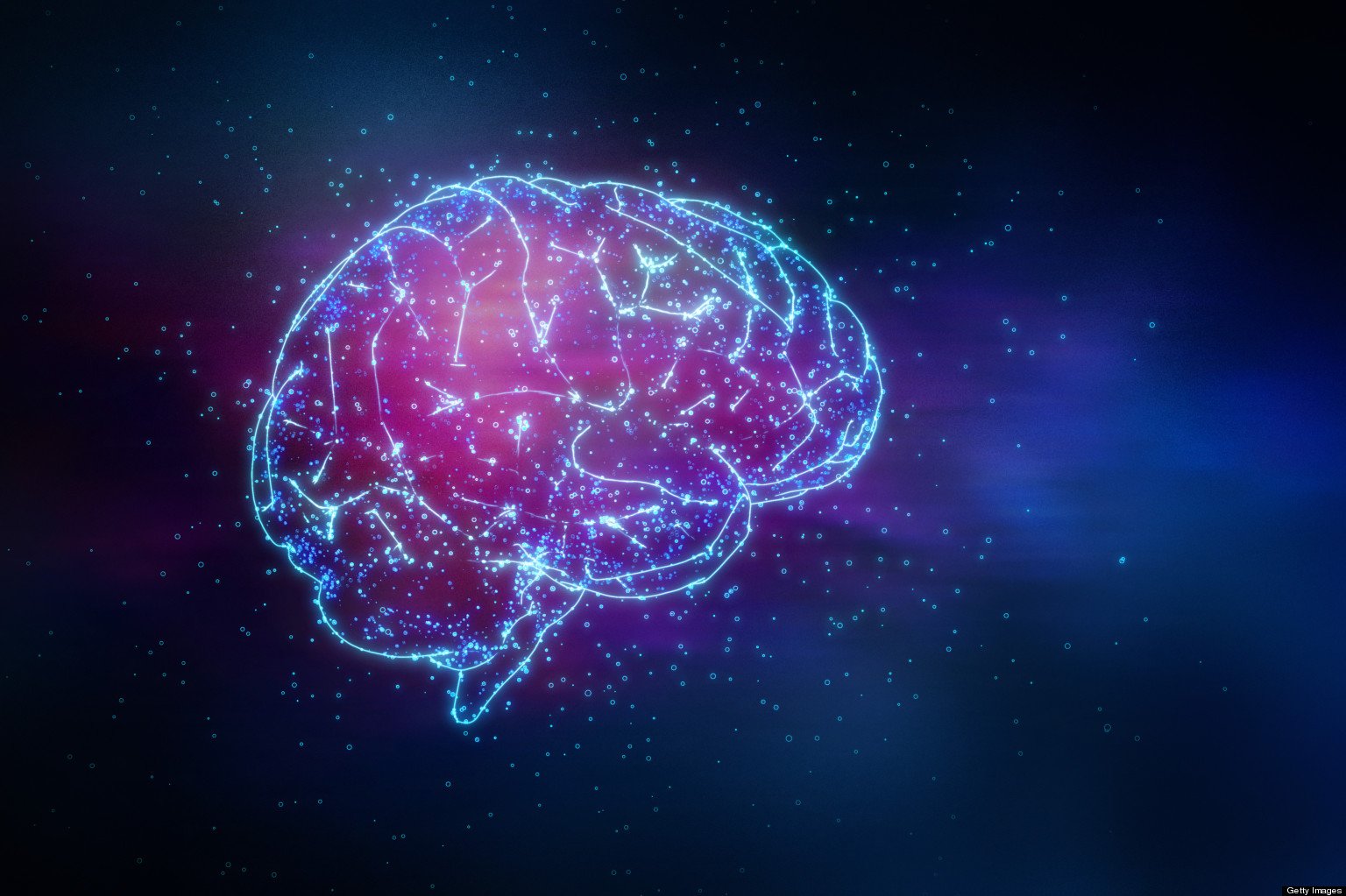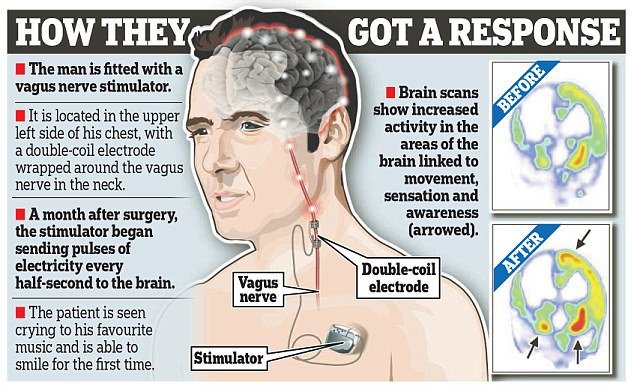Man In A Vegetative State For 15 Years Regains “Consciousness”
A vegetative state is not a coma. Instead, the brain-damaged patient is awake but unaware and conscious-less. A 35 year old French patient received a traumatic brain injury fifteen years ago, putting him into a vegetative state. After stimulating a part of the brain, scientists were seemingly able to restore some of the patients’ consciousness. But no, we’re not quite at Awakenings yet.
The experiment, described in the latest issue of the journal Current Biology, could shatter the commonly held belief that patients that have spent more than a year in a vegetative state can’t regain consciousness.
“When we saw a tear going down his cheek it was… emotional. It was just…”, says Angela Sirigu, director of the Institute of Cognitive Sciences – Marc Jeannerod, Lyon, who at the time had been working towards this moment for more than five years. Her research focuses on understanding the functions of different brain regions, particularly the role of the parietal cortex, thought to be vital for consciousness.
Since sustaining severe brain injuries in a car accident, the man had been completely unaware of the world around him. But when fitted with an implant to stimulate
the vagus nerve, which travels into the brain stem, the man appeared to flicker back into a state of consciousness.By implanting a device in the patient’s chest, the researchers led by Sirigu, stimulated the 35-year-old man’s vagus nerve, which runs all the way from the base of the head to the abdomen and is known to be involved in wakefulness and attention.
After a month of daily vagal nerve stimulation, the man’s dramatic improvements defied all expectations. In medical terms, his condition shifted from a vegetative state to a minimally conscious one. After a month of vagal nerve stimulation, the man was newly able to respond to simple commands, such as slowly turning his head from left to right.
He was able to stay awake for much longer than before while listening to a therapist read a book. And he responded to perceived threats, opening his eyes wide when someone suddenly approached his face.
The doctors measured the patient’s behaviour in response to stimulus, and recorded an electroencephalogram (EEG) and PET scans of his brain before implanting the stimulator, and then again afterwards.
Then they gradually increased the intensity of the stimulation. After just one month – once the electric current in the device reached 1 milliampere, the patient started showing consistent improvements “in general arousal, sustained attention, body motility and visual pursuit.” Each treatment involved 30 seconds of stimulation followed by 5 minutes of rest. The team started with an electrical current of 0.25 milliamperes, increasing by 0.25 mA a week up to 1.5 mA.
“When you reactivate the parietal cortex we showed that there is a spread of connectivity between the parietal cortex and other regions, including those responsible for motor functions, which are very important for consciousness. This increase leads to more interaction between the brain and the external environment as the patient starts to communicate with the external world. The brain starts to be reactivated in a way it wasn’t before,” Sirigu says. More brain regions could potentially be reactivated as a result, as they react to the increase in activity and connectivity spreads.
Sirigu emphasises that while the patient still cannot walk or talk, it is the neural improvement that represents the greatest result for the study, demonstrating a significant increase in metabolic activity. “Vagus nerve stimulation (VNS) might have great potential for this patient.” Beyond the individual case, Sirigu is recruiting for a further study focusing on minimally conscious patients, where she believes the greatest benefit could be achieved. “It could push them to consciousness, and I think actually they are the best patients that can take advantage of this technique.”
This case study is indeed a promising step for the treatment of comatose patients. But the larger questions raised by the results of these and similar findings are an ethical, philosophical quagmire for future scientists and medical practitioners.































